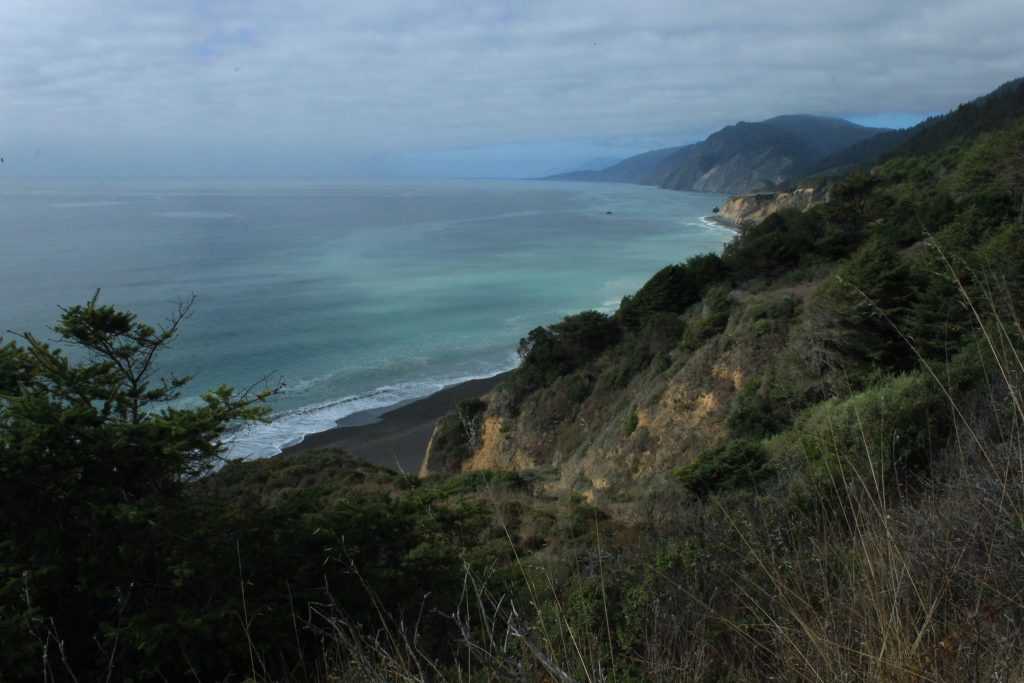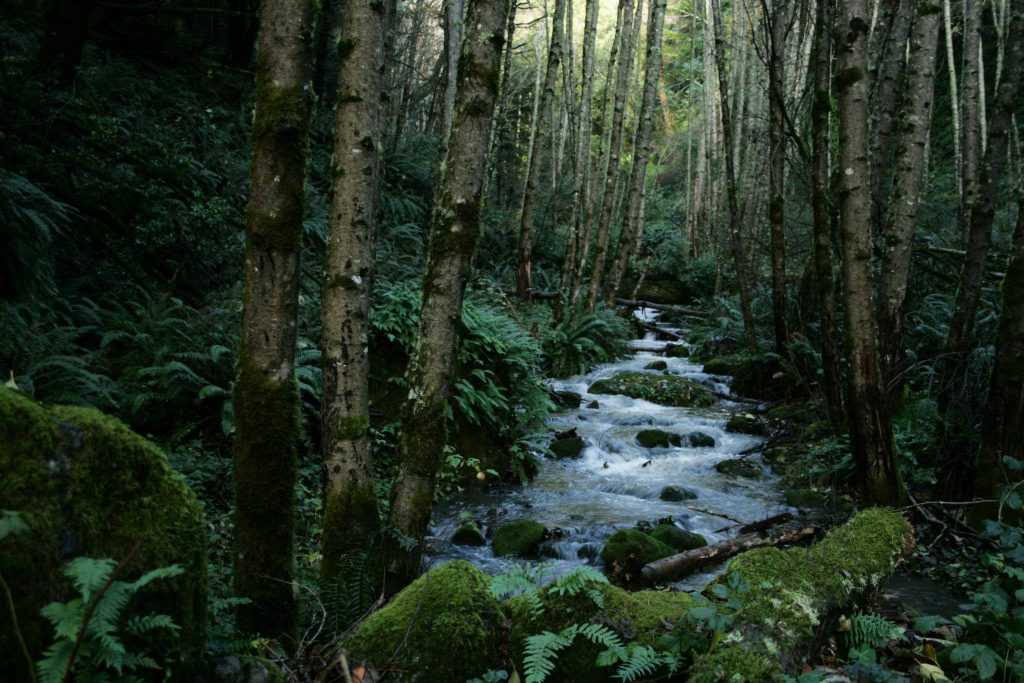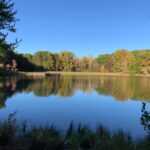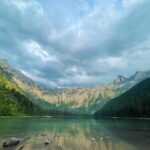Sinkyone Wilderness State Park
Key Information
Contact Info
707-247-3318
Location
Whitethorn, CA 95589, United States
Opening Hours
Open 24 hours
Fee
Unavailable
Introduction of Sinkyone Wilderness State Park
Sinkyone Wilderness State Park, located on the southern edge of the Lost Coast, provides year-round recreational opportunities. Relax on the beach or try your hand at windsurfing. Gray whales can be seen from the rugged Sinkyone coastline during the winter and early spring months. Explore the coves to see sea lions and harbour seals basking in the sun.
The scenery ranges from arches to dark sand beaches. To navigate the trails, bring sturdy shoes and experienced hikers. Some of the hiking trails are quite steep. In the spring, explore tidal pools on the beach and smell the wildflowers.
There are numerous camping options in this northern Michigan park. You can choose one of the family campgrounds. Choose a hiking or biking campsite if you want to keep things simple. The family campground does not have many amenities, so bring your own portable water.
Camping
Activities
Location

Sinkyone Wilderness State Park Trails
Hand-curated trail maps and driving directions, as well as detailed reviews and photos from hikers, campers, and nature lovers like you, allow you to explore the most popular trails in Sinkyone Wilderness State Park.
Sinkyone Wilderness State Park History
The Sinkyone Indians lived on this stretch of coast for thousands of years before the first Europeans arrived. They lived in permanent villages along streams and rivers and moved out in family groups in the summer to hunt and forage in the hills. They spent time fishing along the coast, gathering seaweed and shellfish, hunting seals and sea lions, and harvesting the occasional dead whale that washed up on shore. During the winter, fish were an important source of food. All types of fish were caught, but the seasonal salmon run was particularly significant.
Most park visitors today believe that humans have had little influence on this area. However, human activity has altered every trail, road, and flat spot. Game trails were converted into paths for pack mules carrying tanbark to San Francisco’s tanneries. For lumbering operations, roads were carved and graded. Open areas and marine terraces were farmed, and sheep and cattle were pastured there. What appears to be a wagon road or a modern jeep trail is sometimes actually an abandoned railroad right-of-way.
Logging operations continued well into the twentieth century, with various wood products shipped to market from Usal, Needle Rock, Anderson’s Landing, Northport, and Bear Harbor/Rock. Morgan’s Northport was not much of a port, but lumber schooners could load their cargoes using a “wire chute,” which was a cable and block system that could transport wood from the bluff to waiting schooners. The Northport “chute,” built in 1875, was one of the first of its kind on the coast.

Parking
Parking is available
Public Transport
Public Transport is not available




